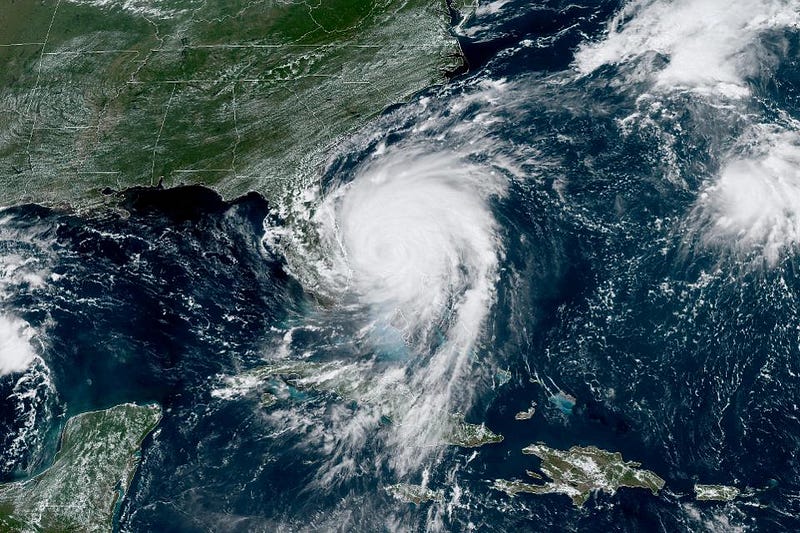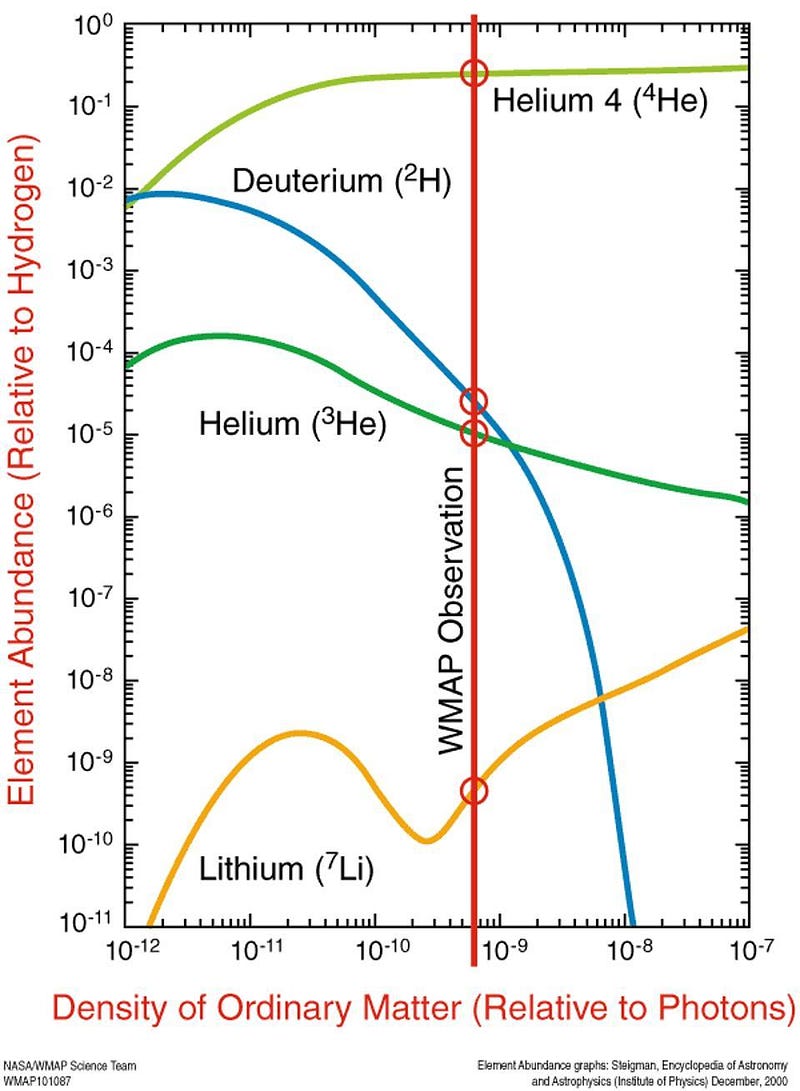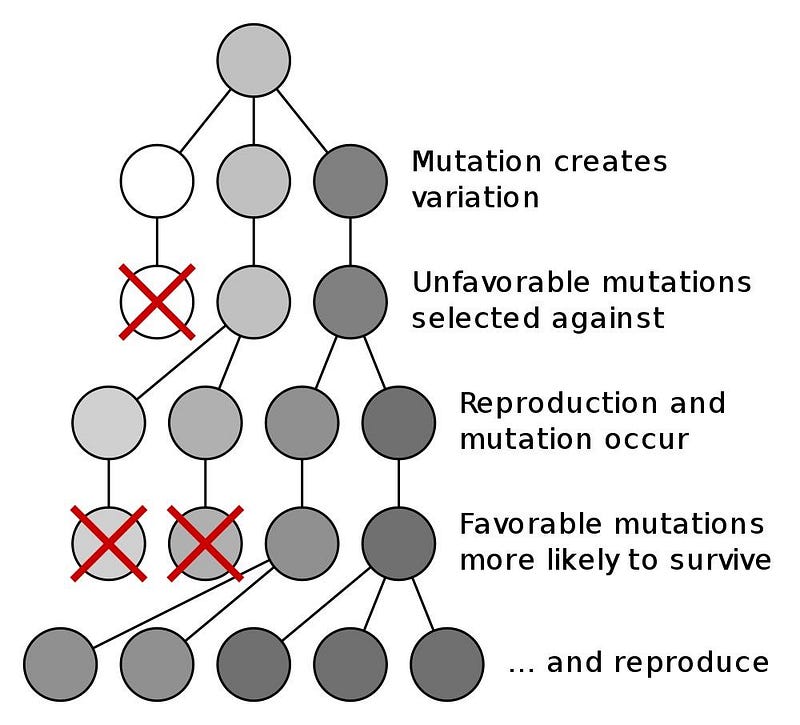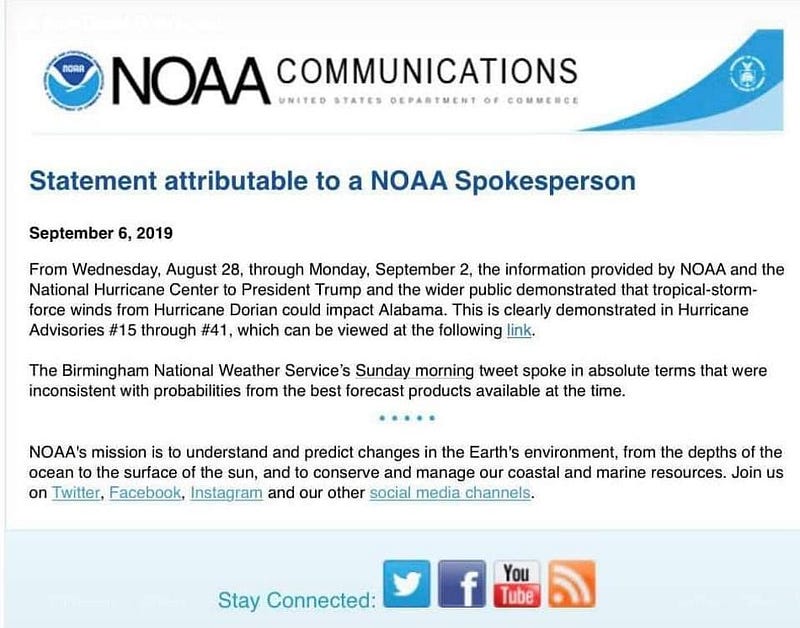Government-Censored Science Doomed The USSR, And The USA May Be Next

The line-in-the-sand was drawn in sharpie, and the time to declare ‘no more’ is now.
When you have a question about the physical world, there are a lot of different approaches you can take. You can trust your intuition, using your experience of similar, prior situations to take a stab at what might happen this time. You can trust an authority, where you put your faith in someone else who you believe knows better. Or, you can do science, applying our best current scientific theories to the problem at hand, trusting the answer regardless of what your intuition or any authority tells you.
Earlier this September, Hurricane Dorian struck North America, causing a tremendous amount of damage in the Bahamas as well as to many locations along the east coast of the United States. But what’s most alarming is neither the strength nor the path of the hurricane, but rather how a paranoid government is undermining the best science humanity actually has.

Science is just as susceptible to the “garbage in, garbage out” phenomenon as any other field. In principle, the way that good science works is by:
- observing and measuring natural phenomena,
- hypothesizing an idea that could account for that phenomena,
- developing that idea into a theory that extends that hypothesis to cover a more general class of observables,
- and then making predictions with that theory that can be tested,
- and then performing those tests.
In the end, the results will wind up either validating or refuting your theory, and then you either keep, modify, or overhaul (i.e., throw out and replace) your prior hypothesis. Although there are a wide variety of examples of how “the scientific method” actually plays out in practice, it always involves some permutation of these aforementioned steps.

However, there are all sorts of ways one can go wrong. The most ubiquitous way to abuse science is to assume the validity of one particular hypothesis before the critical tests are conducted, and then to “massage” the data in such a way that it winds up confirming your hypothesis: a dirty and unethical trick used for centuries by pseudoscientists, charlatans and ideologues to prop up an inherently unscientific worldview.
In the 20th century, humanity began to understand how biological systems functioned as never before. Darwin’s (and Wallace’s) natural selection hit upon the mechanism by which evolution takes place, while subsequent developments led to genetics, DNA, and eventually the sequencing of the human genome. But political abuses of science set the USSR back by decades, and we must not forget this cautionary tale of history as the USA verges on making the same mistakes.

There’s a word for this that was well-known a few generations ago, but has fallen out of favor with the passage of time: Lysenkoism. Although we presently associate “evolution” with “Darwinism,” this wasn’t always the case. While Darwin embraced the idea of evolution — that organisms inherited traits from their parents but also were subject to mutations and the pressures of the environment — there were other evolutionary theories contemporaneous with natural selection.
One of them, known today as either Lamarckism or soft inheritance, posited that organisms didn’t just inherit the traits and information that their parents were born with, but that a parent organism could undergo some sort of mutation or adaptation during their lifetime, and that developed trait would then be passed off to the offspring. This idea, sometimes known as “use and disuse,” was cast into irrelevance with the discovery and widespread acceptance of Mendelian genetics.

But even though the rest of the world embraced this new scientific paradigm shift — it was nearly universal by the early 20th century — the Soviet Union decided to favor the idea of soft inheritance instead. An agricultural scientist named Trofim Lysenko, who worked on growing various crops through the severe winters. Lysenko gained fame throughout the Soviet Union by announcing, in Pravda, that a winter crop of peas could be grown in Azerbaijan.
Lysenko’s work on vernalization was transformative. Normally, most crops that are successful in Russia-like climates require the signal of a cold, long winter coming to an end to begin flowering. By artificially inducing the necessary conditions, vernalization offered the promise of dramatically improving the crop yields of the entire country. His 1928 paper catapulted him to fame, prominence, and political power.

But Lysenko wasn’t entirely correct in his ideas and reasoning. Although he experiences some mild success with vernalizing peas and wheat, his ideas behind why these plants were yielding successful crops were wrongheaded, and demonstrably so. Lysenko rejected Mendelian genetics on ideological grounds, and developed his own wild ideas that were interesting, compelling, profound, and also entirely incorrect.
He claimed that organisms within a species, such as the same crop of plant, would instinctively work together for the good of the collective population; an ideology in line with communist propaganda, but at odds with genetics.
His belief in the inheritance of acquired characteristics was wrong; his belief in self-sacrificing organisms (for the good of the collective) was wrong; his beliefs about hybridized crops and their offspring could easily be disproven with just one generation of breeding.

These collection of pseudoscientific ideas, all driven by one individual at the helm, became collectively known as Lysenkoism. What makes Lysenkoism so unique from other forms of pseudoscience is this: pseudoscience is an ideology that poses as science, where the conclusions are rigged and normally support an incorrect worldview for fraudulent, often profit-driven motives.
But Lysenkoism is aimed at attacking the legitimacy of science itself, rejecting scientific truths, the scientific method, and validated scientific theories for largely political reasons. And even when the correct scientific solution was demonstrated, Lysenkoism’s proponents would put forth false information that discredited the legitimate scientific conclusions. Instead, they propped up an indefensible conclusion that was, to put it bluntly, at odds with reality.

Examples of this include:
- the false claim that rye could transform into wheat and that wheat could transform into barley, even though they cannot.
- The false claim that weeds can transmute into food grains, even though they are distinct organisms.
- That nature exhibits natural cooperation between different species, even though competition and natural selection are observed instead.
From the late 1920s, when Lysenkoism was first adopted, until the death of Stalin in 1953, scientific research into genetics suffered a decades-long stagnation in the Soviet Union. Over 3,000 mainstream biologists were removed from their positions; many were sent to the gulags and a number of them were even executed, all part of a campaign orchestrated by Lysenko to suppress his opposition: mainstream biologists.

What Lysenkoism promised and what it actually delivered is a lesson we must never forget. Lysenkoism promised extraordinary advances in breeding, hybridization, agriculture and crop yields. It promised a scientific revolution that would catapult the Soviet Union ahead of every other country, as only they weren’t held back by Darwinian and Mendelian ideas.
And yet what happened instead was horrific. By 1935, Lysenko was comparing his scientific opponents to belligerant peasants who opposed collectivism, arguing that mainstream biology was in conflict with Marxist ideology. Nikolai Vavilov, who was Lysenko’s initial mentor in the field of vernalization, was starved to death in prison. Lysenko also refused to apply mathematics to biology, making his arguments immune from quantitative testing. By 1948, it was illegal for any scientist to speak in favor of any biological idea that conflicted with Lysenkoism.
All the same, these promised advances — of improved crop yields, stably hybridized offspring, and a more robust agricultural system — never materialized under Lysenko.

There’s a good reason for this, of course: unsound scientific reasoning only very rarely, and even then, always by accident, gets you the outcome you desire. In science, the quality of your theory, your models, your simulations, your predictions, etc., and their ability to match what actually occurs, is the only meaningful arbiter of success. Political meddling not only undercuts what science can achieve, but undermines the public’s trust in both science and the government.
Which is why we should all not only be alarmed at what happened earlier this month with Hurricane Dorian, but up-in-arms about it. As the hurricane approached the United States, the National Weather Service did a remarkable job of modeling — with appropriate confidence levels — the path and risk that Dorian posed to the region, highlighting the areas of danger and safety. They got it entirely correct. And then a certain politician got involved.

With the tapping of a tweet, the President of the United States warned the residents of Alabama that they were at risk of getting hit by Dorian. As the NWS Office at Birmingham was quick to accurately dispel that scientific falsehood, protecting its residents from misinformation, the President then doubled down, making an appearance where he doctored a graph of the storm’s projected trajectory (above) to include Alabama.
After the NWS again appropriately responded with scientifically accurate information, an unsigned press release emerged from NOAA, that might as well have claimed the sky is green and hamburgers now eat people. You can view the release below.

As NOAA’s acting chief scientist, Craig McLean, wrote, this report”inappropriately and incorrectly contradicted the NWS forecaster.”
In fact, you can see this for yourself, very clearly, simply by viewing every forecast cone ever drawn for Hurricane Dorian, including from the dates cited in the NOAA press release. Note that under exactly zero of these scenarios does Alabama experience any substantial impact beyond light rain and winds up to 30 miles-per-hour.

It is both unethical and also illegal, and yet it’s happening: the government is censoring its scientists from reporting the truth. There is currently a bill on the house floor designed to protect scientists against threats to their careers or livelihoods, but there’s a bigger issue: the government is censoring science, lying about it, and threatening the mainstream scientists who oppose and speak out against these obvious falsehoods. And they are, indeed, absolutely false.
Fortunately, we are not yet saddled with Lysenkoism in the United States. A slew of current and former NWS and NOAA employees and leaders are vocally speaking out against this dangerous development. In the quest to predict and understand how natural, physical systems will evolve with time, science is the only meaningful tool we have in our arsenal. We must keep politically motivated meddling out of it at all costs, and keep America from becoming the 21st century version of Stalin’s USSR.
Ethan Siegel is the author of Beyond the Galaxy and Treknology. You can pre-order his third book, currently in development: the Encyclopaedia Cosmologica.




